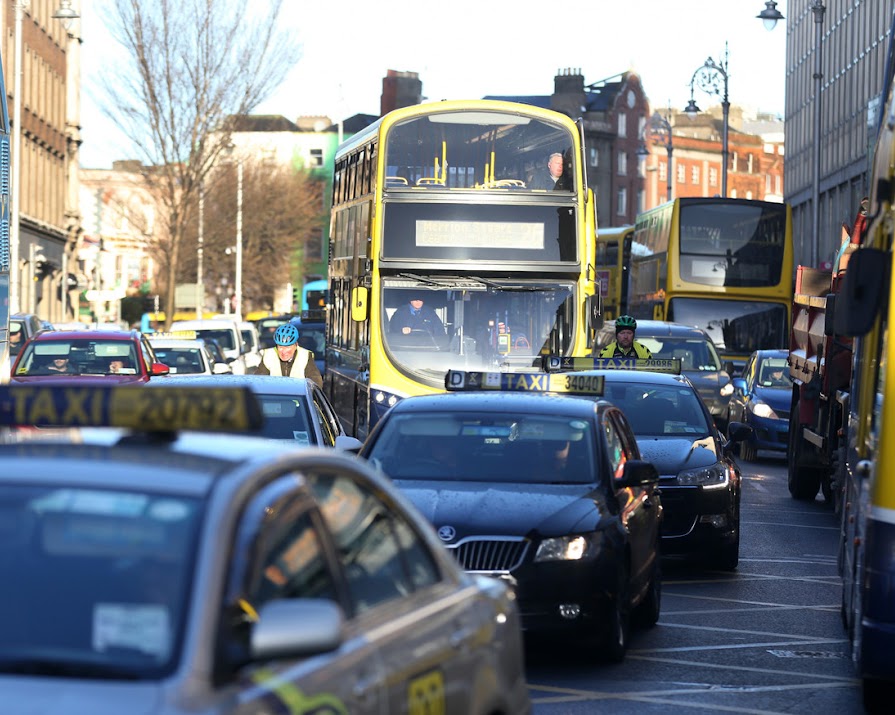By Leonie Corcoran
09th Jul 2019
09th Jul 2019
Nitrogen dioxide is caused by emissions from traffic and exposure can aggravate respiratory diseases, particularly asthma.
Levels of nitrogen dioxide (NO2) in Dublin’s air may pose a public health risk, an environmental report indicates.
The Environmental Protection Agency (EPA) report, Urban Environmental Indicators – Nitrogen Dioxide Levels in Dublin, suggests some areas of the capital have high levels of air pollution and may be over the statutory EU limit of NO2.
Levels are, unsurprisingly, highest at urban traffic locations.
The areas of concern in Dublin include certain city centre streets, the M50 and the entrance and exit of the Dublin Port Tunnel.
Brown haze
Nitrogen dioxide is caused by emissions from traffic, along with electricity generating stations and industry.
Levels in Ireland have been increasing due to growth in traffic numbers.
If you have ever noticed a brown haze, that’s also down to high levels due to its brown colour.
For the many asthma sufferers in Ireland, this news is especially relevant: NO2 can affect the throat and lungs, and exposure to high levels over short periods can aggravate respiratory diseases and lead to respiratory symptoms.
Diesel vehicles have historically higher nitrogen dioxide emissions than other combustion engines, especially for older vehicles.
Action plans
An air monitoring station was set up at St John’s Road West, near Heuston Station, and a further new monitoring station will be opening on Pearse Street this summer.
If studies confirm the levels have been exceeded, local authorities in Dublin and its suburbs will have to prepare air quality action plans. However, thankfully the EPA report indicates the majority of Dublin city is well below yearly EU limits.
In Europe, many cities have levels well in excess of EU-wide standards (40 micrograms/m3), not that we want to follow their lead. London tops the list with an average annual concentration of 89 mcg/m3, followed by Paris (83), Stuttgart (82), Munich (80), Marseille (79), Lyon (71), Athens (70) and Rome (65).
Climate action
Dr Ciara McMahon, EPA programme manager, says the report is a further call to tackle transport emissions in Dublin.
“The climate action measures recently put forward by the Government for the transport sector in Dublin can also act to reduce harmful health impacting pollutants such as nitrogen dioxide.
“This report is a further call for coordinated action to tackle transport emissions in Dublin.”
Minister for Transport Shane Ross and Minister for Climate Action and Environment Richard Bruton expressed “grave concern” about the findings.
We’ll wait to see what they plan to do about it.
Read more: ‘I was struggling to breathe’
Read more: Here’s what pollution really does to your skin (and how to combat it)























